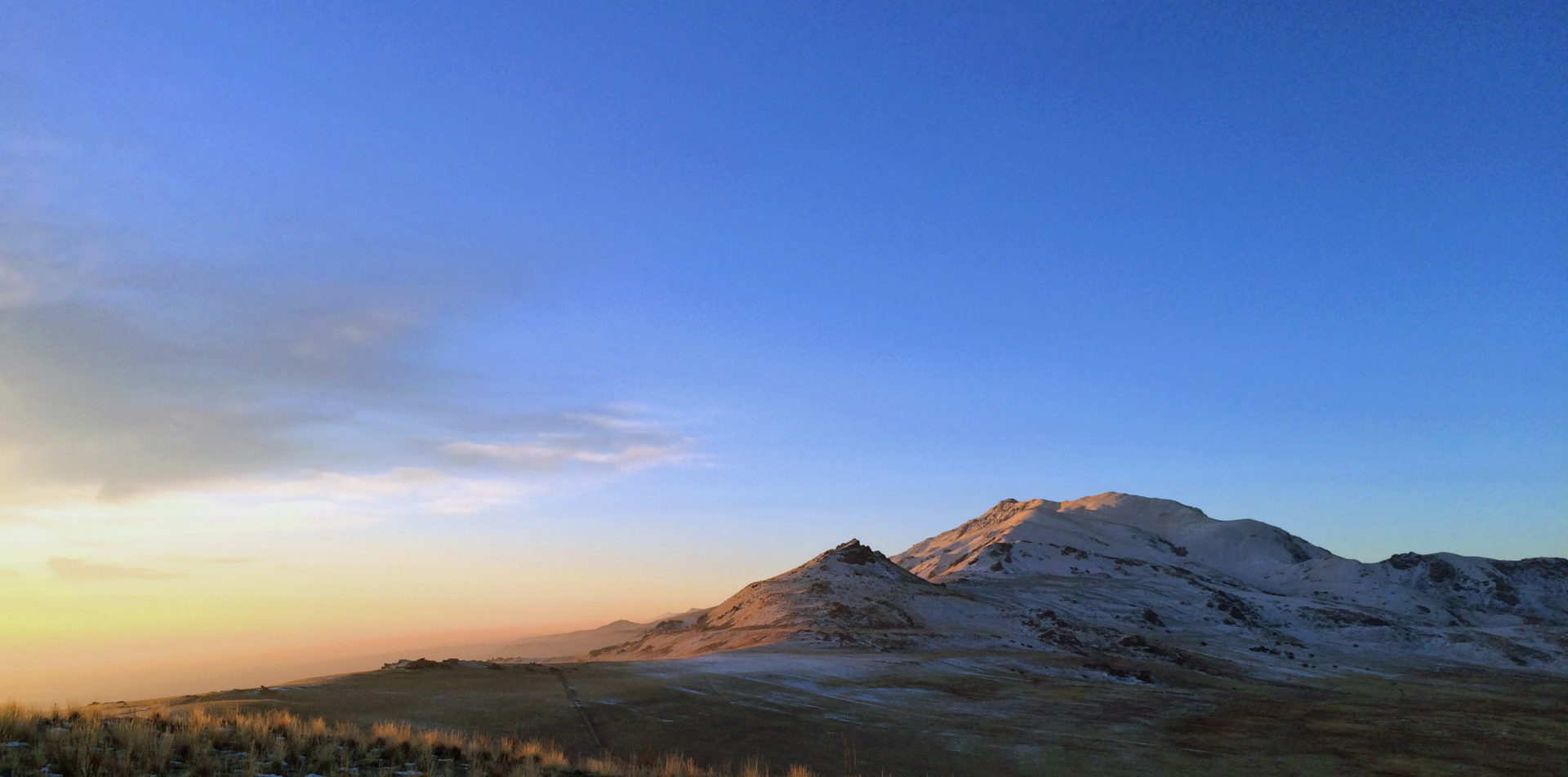 Mesa of Sorrows: A History of the Awat’ovi Massacre
Mesa of Sorrows: A History of the Awat’ovi Massacre
James F. Brooks
W. W. Norton Press, 2016.
Back in February, I was fortunate to host James F. Brooks on BYU campus to give the Charles Redd Center for Western Studies’ annual Annaley Naegle Redd Lecture. A Professor of History & Anthropology at the University of California – Santa Barbara, he spoke on his recently published Mesa of Sorrows: A History of the Awat’ovi Massacre.
You can view a video of his lecture below or the BYU Redd Center YouTube Channel, and you can read an insightful Q&A Prof. Brooks did with me over about the book at the Borderlands History Blog.
In preparation for the visit, W. W. Norton sent me a copy of the book to review and I would like to add a few thoughts here.
MoS chronicles the 1700 massacre of the Awat’ovi Pueblo – not by outside invaders, but by neighboring Pueblos. During this time period the tensions between cultural/religious orthodoxy and experimentation/adaptation divided the multi-ethnic mesas. Hopis, Tewas from the Rio Grande Valley, Keres peoples, Dine, Spanish Franciscans, and others converged on the fertile mesas. It is messy and complex history, which I love. Prior to reading MoS I felt I had a fairly good general understanding of the Native southwest. Brooks’ own Captives and Cousins: Slavery, Kinship and Community in the Southwest Borderlands had taken some of these same seemingly chaotic historical worlds and convincingly ordered them through networks of kinship and slavery. Perhaps that macro scale unduly inflated my confidence, as the micro history of Awat’ovi showed me just how much I didn’t understand. Such complexity and messiness is my bread and butter. I love it.
Brooks talks a big game, proposing to not only uncover the history of the event, but explore its prophetic antecedents and trace its ghosts and legacies in the centuries since. He succeeds with uncommon grace a poetic style and with literary flourish that few practicing academic historians attempt, let alone succeed in pulling off (it is so refreshing when books don’t read like dissertations!). MoS is at time flowery, but it is the flowery fluff that some works of popular history employ to distract readers from shoddy underlying scholarship. For me, the poetic style served to insistently pull me away from my academic training focused on exactness, verified sourcing, clear corroboration of narratives, etc. Brooks does all of these things, but his writing style reminds us of the inherent subjective nature of the past – how we remember and commemorate, or suppress and forget.
So, do not take this to mean that MoS doesn’t meet the rigors of scholarly methodologies. The research and scholarship is sound. In fact, Brooks presents a narrative that can only be understood by grounding itself in the methodologies of multiple disciplines – history, archaeology, anthropology, genealogy, oral history, etc. He pulls from all of these throughout. The text itself jumps between the event, to Hopi oral traditions of preceding prophecies of cleansing, to 20th century oral histories, to archaeological findings, to the studies of generations of anthropologists, and so forth. On the surface I worried that the nonlinear storytelling be disorienting, but before long I ceased to notice. Brooks carefully leads the reader across centuries, back and forth, as he un-weaves the narrative threads of the massacre, what preceded it and what followed. It is a thrill to read a scholar at the top of their game.
Stepping back from the book after I set it down, I realized that it had struck me quite hard and deep. The weight of historic trauma, the terror of violence, and the abiding sense of contingency – that none of the horrors our histories were inevitable. I found that the most haunting. Brooks masterfully reveals how and why the massacre occurred, but hints throughout at the myriad points where it could have not occurred. I am not equipped to delve into debates of whether human nature is inherently violent – if it is hardwired into our being. However, MoS – for all of the horror it lays bare – left me hopeful that such events are not the inevitable outcome of humanity. I don’t know if that was Brooks’ intention, but for every moment of trauma that MoS unveils, there is an equal moment for potential healing.
This sounds like a lot of pointless blathering, as I review, so let me just leave it at that. Go grab Mesa of Sorrows. It will knock your socks off, challenge you to be a more adventurous researcher, demand you take off your disciplinary blinders and consider new approaches to your own studies, and shame you into becoming a better writer. On all accounts, good take-aways (except for the socks thing, perhaps).
